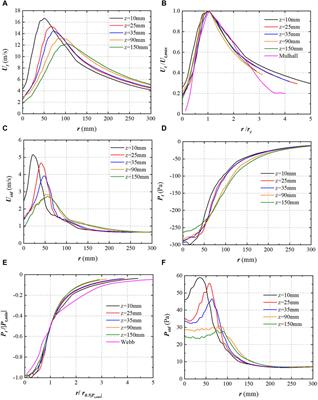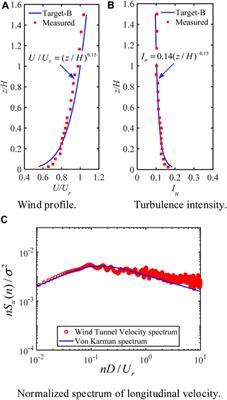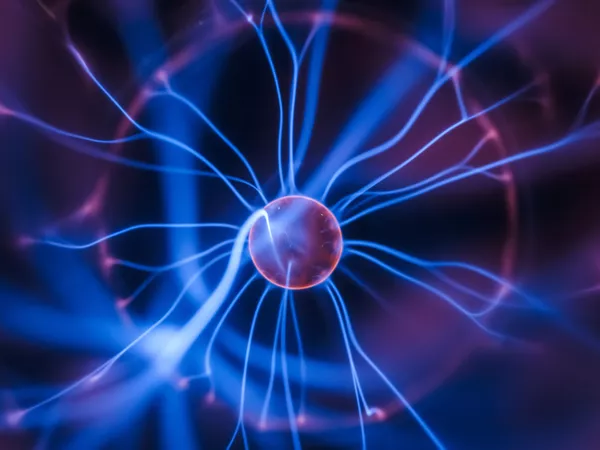ORIGINAL RESEARCH
Published on 06 Mar 2024
Study of the effect of wind angles on the aerodynamic characteristics of high-speed trains subjected to a translating simulated tornado

doi 10.3389/fphy.2024.1320327
- 1,028 views
- 1 citation
865
Total downloads
5,870
Total views and downloads
You will be redirected to our submission process.
ORIGINAL RESEARCH
Published on 06 Mar 2024

HYPOTHESIS AND THEORY
Published on 02 Aug 2023

ORIGINAL RESEARCH
Published on 21 Jun 2023

